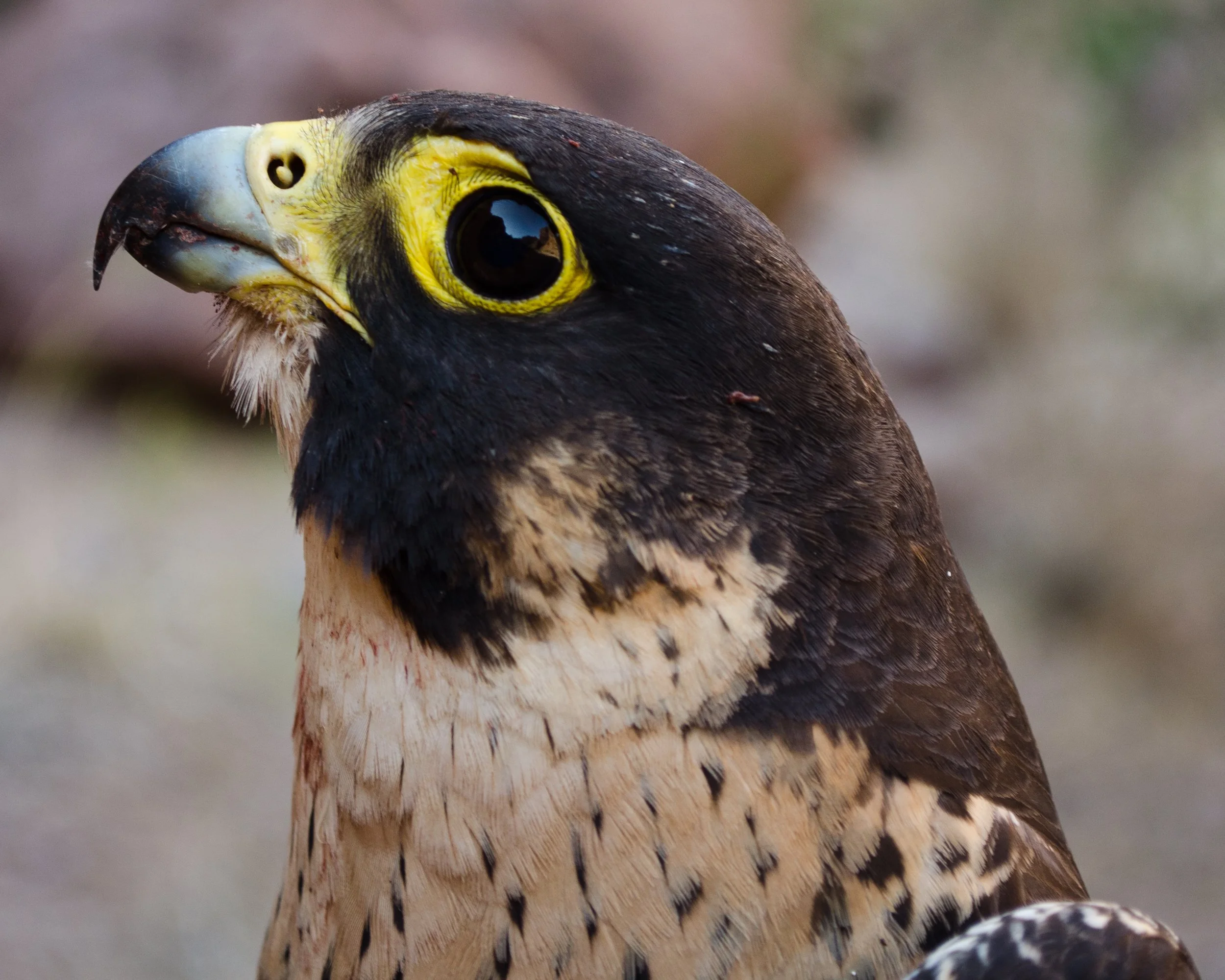Join us for this lecture at the Sparks Library at 6:00 PM on Wednesday, December 10th!
If you cannot join us in person, we welcome you to watch on Zoom. This will also be recorded for GBBO’s YouTube channel.
Peregrine Falcons have been a wildlife conservation success story in Nevada, across the U.S., and throughout the northern hemisphere. In the U.S., as with most industrialized nations, they suffered very steep population declines from breeding failure resulting from widespread use of organochlorine pesticides. While not previously known to breed extensively in the state, they returned as a breeding species in Nevada in 1985, and by 1999 they were removed from the list of U.S. Endangered Species. Joe began studying them in 2004 in southern Nevada, at which time there were 10 known nesting territories in the state. Joe will present the various elements of research he has investigated over the past 22 years, a span that has resulted in a rapid increase to 101 known nesting territories but during which he has documented steep population declines in recent years. Joe will describe their population expansion with evidence of recent contraction, the novel discovery of their expansion into truly desert landscapes compared to previous assumptions they required aquatic systems nearby, and details about breeding effort, hunting success, and diet. Joe will also describe work he has done with collaborators to investigate mercury contamination of peregrines and their prey in Nevada, genetic studies across Nevada and California, and related studies he has been involved with in other populations in North America.
Joe has been a wildlife biologist specializing in raptors since 2004. He is a biologist with the Migratory Bird Program in the U.S. Fish and Wildlife Service, but has worked extensively with the Nevada Department of Wildlife, National Park Service, and as an independent researcher. His work has focused on Peregrine Falcons, Golden Eagles, Ferruginous Hawks, and other raptor species throughout Nevada, but with additional projects across western North America. As a raptor biologist, he has specialized in work related to minimizing impacts from large-scale development projects, understanding population dynamics, assessing environmental contaminants, and studying movement and habitat use of various species. He has been blessed by working with some very skilled collaborators and being able to carry detailed raptor studies in Nevada across multiple employers, so he has had the somewhat unique opportunity to gather long-term datasets that are critical for assessing population trends for long-lived species across a changing environment.


